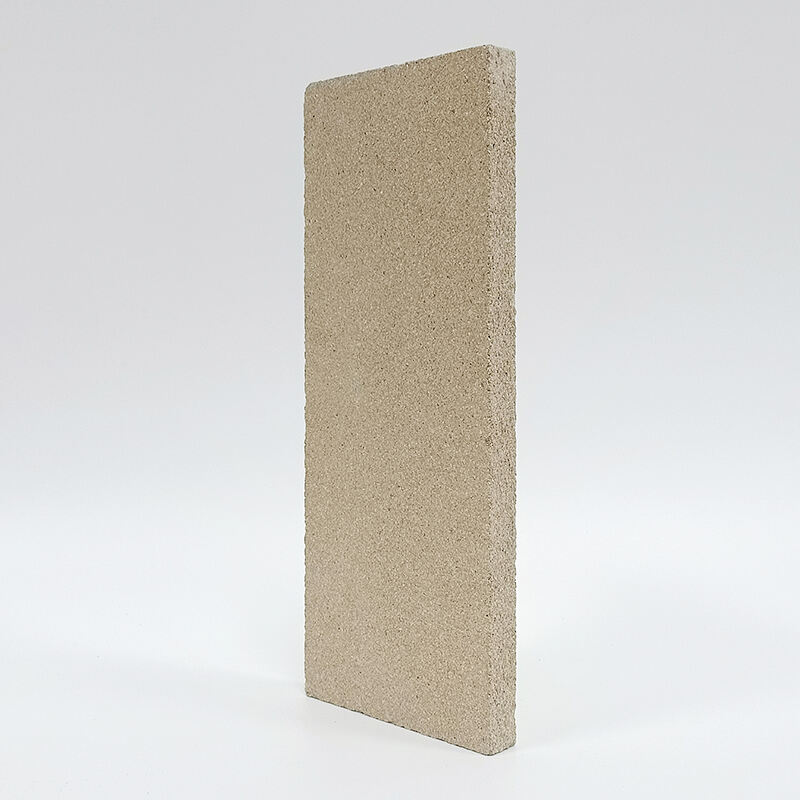For Bluewind Vermiculite insulating bricks, the working life mostly depends on the application type, operating conditions or maintenance and therefore can be anywhere between 10 to 20 years. These thermal insulation bricks are designed to give their users great heat retaining properties; with advances in technology and controlled pore structure of the bricks allowing them to absorb shock while resisting breakage even under exceptional conditions. Additionally, the bricks’ major function is to work for heating furnaces administratively; helping to further support minimum wear and tear.


